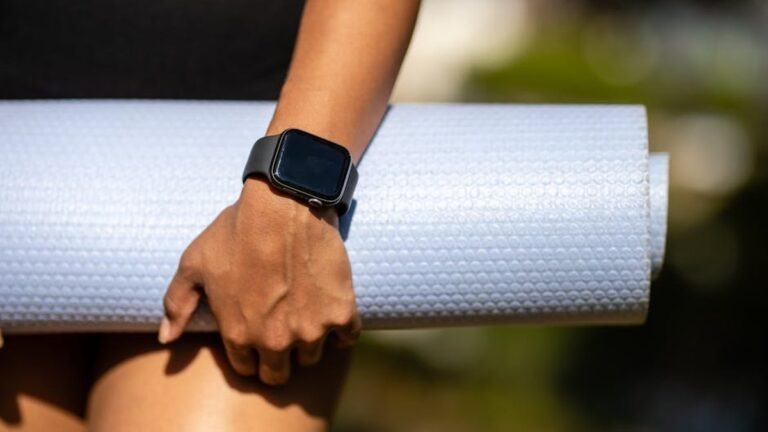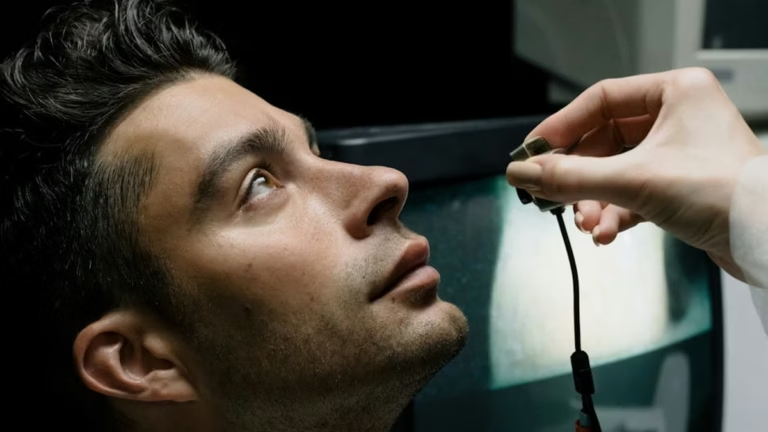Chill Out and Thrive: Unveiling the Latest Research on Cold Exposure Benefits
Cold exposure, once considered a mere test of endurance, is now gaining recognition as a powerful tool for enhancing physical and mental well-being. Recent research is continuously uncovering a wide range of benefits, from boosting metabolism to improving mood. This article delves into the latest scientific findings on cold exposure and offers practical tips on incorporating it into your daily routine.
Understanding Cold Exposure
Cold exposure encompasses various practices, including cold showers, ice baths, cold water swimming, and even spending time in cold environments. The key is to expose your body to temperatures that are significantly lower than what you’re accustomed to, triggering a physiological response.
What Happens to Your Body?
When exposed to cold, your body initiates several processes to maintain its core temperature. These include:
- Vasoconstriction: Blood vessels narrow to reduce heat loss from the skin’s surface.
- Shivering: Muscles contract rapidly to generate heat.
- Brown Fat Activation: Brown adipose tissue (BAT), a type of fat that burns calories to produce heat, becomes more active.
The Science-Backed Benefits of Cold Exposure
The physiological responses triggered by cold exposure lead to a cascade of positive effects throughout the body.
Metabolic Boost and Weight Management
One of the most exciting areas of research is the impact of cold exposure on metabolism. Studies have shown that regular cold exposure can increase the activity of brown fat, leading to increased calorie expenditure and improved insulin sensitivity. This can contribute to weight management and a reduced risk of metabolic disorders.
For example, a study published in the journal Diabetes found that exposure to mild cold (15°C/59°F) for two hours a day for six weeks increased brown fat activity and improved insulin sensitivity in participants.
Enhanced Mood and Mental Resilience
Cold exposure can also have a profound impact on mental well-being. It triggers the release of neurotransmitters like norepinephrine and dopamine, which are associated with improved mood, alertness, and focus. Some people report feeling a sense of euphoria after cold exposure.
Furthermore, regularly challenging yourself with cold exposure can build mental resilience and improve your ability to cope with stress. By voluntarily subjecting yourself to discomfort, you can train your mind to become more comfortable with uncomfortable situations.
Improved Immune Function
While more research is needed in this area, some studies suggest that cold exposure may enhance immune function. It’s theorized that the increased production of white blood cells, a key component of the immune system, during and after cold exposure could play a role.
However, it’s crucial to note that prolonged or extreme cold exposure can suppress the immune system. Moderation and proper acclimatization are key.
Reduced Inflammation
Emerging research indicates that cold exposure may help reduce inflammation in the body. The vasoconstriction triggered by cold can help reduce swelling and pain in injured areas. Athletes often use ice baths to recover from intense workouts and reduce muscle soreness.
Practical Tips for Incorporating Cold Exposure
If you’re interested in trying cold exposure, start slowly and gradually increase the intensity and duration. Here are some practical tips:
- Cold Showers: Begin with a regular shower and gradually decrease the temperature towards the end. Aim for 30 seconds to a few minutes of cold water.
- Ice Baths: Start with short immersions (1-2 minutes) in cold water (around 10-15°C/50-59°F) and gradually increase the duration as you become more comfortable.
- Cold Water Swimming: If you have access to a safe body of water, try swimming in cold water. Be sure to prioritize safety and swim with a buddy.
- Layered Clothing: Spend time outdoors in cold weather wearing layered clothing so you can regulate your body temperature.
Important Considerations
Consult your doctor: If you have any underlying health conditions, such as cardiovascular disease, Raynaud’s phenomenon, or cold urticaria, consult your doctor before trying cold exposure.
Listen to your body: Pay attention to your body’s signals and stop if you feel any pain, discomfort, or dizziness.
Acclimatize gradually: Don’t jump into extreme cold exposure right away. Start slowly and gradually increase the intensity and duration over time.
The Future of Cold Exposure Research
Research on the benefits of cold exposure is ongoing, and scientists are continuing to explore its potential applications for various health conditions. Future studies may shed light on the optimal protocols for cold exposure, as well as its long-term effects on health and longevity.
Conclusion
Cold exposure is emerging as a promising tool for improving physical and mental well-being. While more research is needed, the current evidence suggests that it can offer a range of benefits, including boosted metabolism, enhanced mood, and improved immune function. By incorporating cold exposure into your routine in a safe and gradual manner, you may be able to unlock its transformative potential and experience a healthier, more resilient you. Remember to always consult with your healthcare provider before starting any new health regimen.






